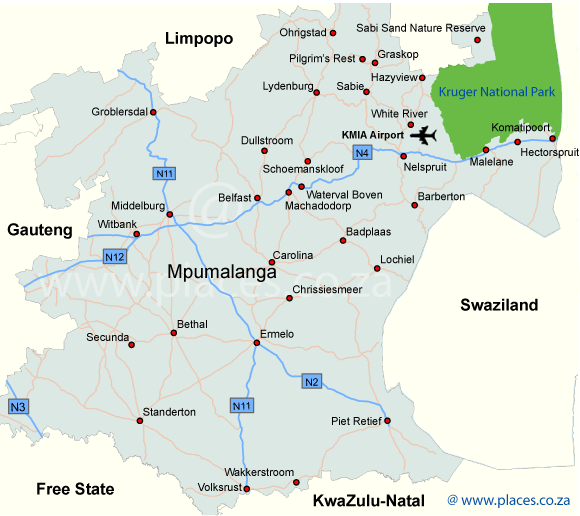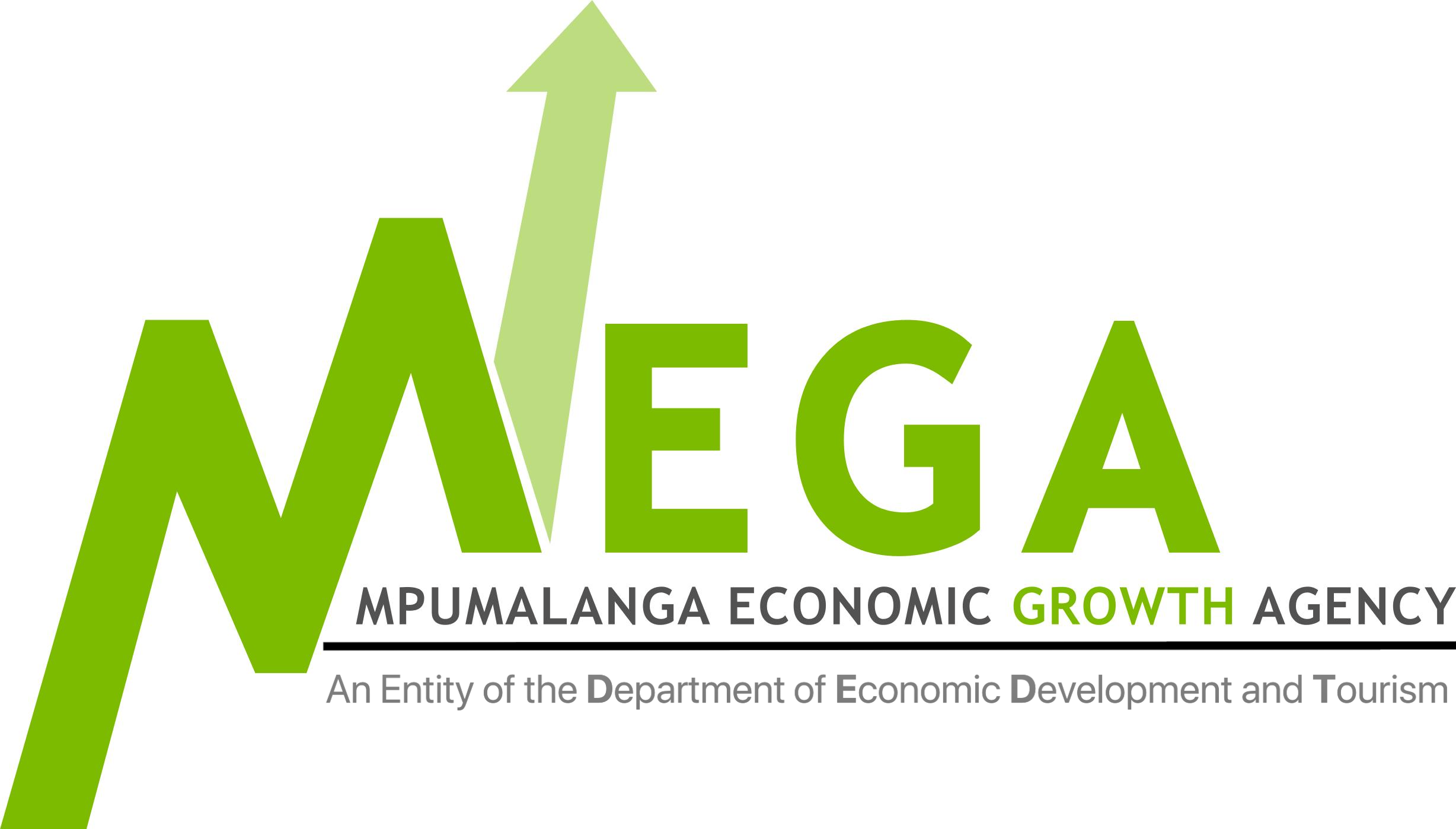
Mpumalanga is one of South Africa’s most productive and important agricultural regions. It offers an ideal climate and topography for forests, major mineral resources, formidable manufacturing capacity and a sophisticated tourism sector.
The province’s three biggest sectors are manufacturing, mining and agriculture (which includes forestry and fishing). A significant contributor to the economy is the power-generation industry, which accounts for some 96% of the sector.
For this reason, Mpumalanga was a major contributor to the national economy in 2014, with Gauteng (34.6%), KwaZulu-Natal (15.9%) and the Western Cape (13.7%).
The province is also known for:
- a diverse and resource-rich economy,
- widespread opportunities for beneficiation of raw materials,
- geographical centrality,
- its excellent tourism facilities and scenic beauty,
- a sizeable population and footprint,
- a world-class telecommunications and information industry,
- top medical facilities,
- well-priced residential housing,
- its own university,
- an established power generation industry, and
- some of the country’s most impressive industrial complexes.
Established industries in the province include mining, stainless steel, petro-chemicals, pulp and paper, ferro-alloys, tourism and agro-processing, among others.
Province overview
Situated in the north east of South Africa, Mpumalanga shares a common border with the independent Republics of Mozambique and Swaziland. It has a population of 4.1 million people and a total area of 83 000km2. In addition to its capital, Mbombela, the province has a number of major cities including eMalahleni, Middleburg and Secunda, which host some of the country’s major industrial complexes. The Gross Geographic Product of the province was USD $23 billion in 2013


